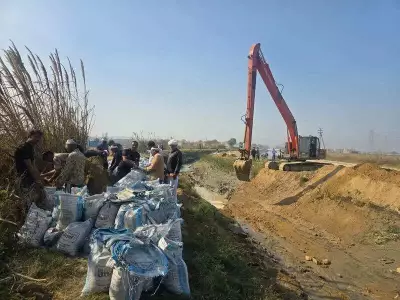
In a significant move to boost rural economy and revive traditional practices, the Lakhimpur district administration has launched an ambitious initiative to plant 7,500 Som saplings across the region. This green revolution aims to breathe new life into the district's sericulture sector while creating sustainable livelihood opportunities for local communities.
The Silk Revival Strategy
The comprehensive plan focuses on strategic plantation of Som trees (Persea bombycina), whose leaves serve as the primary food source for muga silkworms. This initiative marks a crucial step toward restoring Lakhimpur's historical significance in Assam's silk production landscape.
Multi-Pronged Benefits
This green initiative promises multiple advantages for the district:
- Economic Empowerment: Creating new income streams for farmers through silk production
- Environmental Impact: Enhancing green cover and promoting biodiversity
- Cultural Preservation: Reviving traditional sericulture practices unique to Assam
- Employment Generation: Opportunities across the silk value chain from cultivation to weaving
Implementation Framework
The district administration has developed a structured approach to ensure the project's success. This includes identifying suitable land parcels, providing technical guidance to farmers, and establishing support systems for silkworm rearing and silk processing.
"This initiative represents our commitment to sustainable development and economic empowerment at the grassroots level," stated a district administration official. "By reviving sericulture, we're not just planting trees—we're sowing seeds for economic transformation."
Long-Term Vision
Beyond immediate economic benefits, the project aims to position Lakhimpur as a key player in Assam's silk industry. The administration envisions creating a self-sustaining ecosystem where sericulture becomes a primary occupation for numerous families, ultimately contributing to the state's famous silk heritage.
The success of this initiative could serve as a model for other districts in Northeast India looking to revive traditional industries while promoting environmental sustainability and economic growth.





